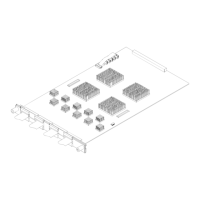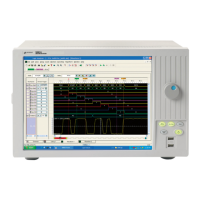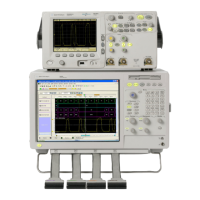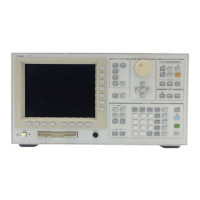2D-LC User Guide 135
6 Method Parameters
Set the 2D-LC Method parameters
Define Parameters for Peak-Based Heart Cut
1 To switch between Multiple Heart-Cutting (MHC) and High Resolution
Sampling peak-based (HiRes), click the down-arrow.
Sampling time
(MHC)
The sampling time is the maximal Cut size in seconds (t) in case no peak end is detected by the
peak detector. It is calculated from the loop volume (V) / 1D flow rate (F) t=V/F
Cut size (HiRes)
The Cut size in seconds (t) is calculated from the loop volume (V) /
1
D flow rate (F) t=V/F.
In MHC mode, the cut size for the sample loop is automatically calculated. Therefore the field is
unavailable and the number for one cut cannot be changed.
In HiRes mode, by default the cut size is automatically calculated for a sample loop filling of 80 %.
This calculation reflects the parabolic flow profile of a sample plug in capillaries, which cannot fill a
sample loop to 100 %. To get the exact same sample volume in each loop for consecutive snips,
the cut size value in HiRes can be changed. t=(V*80 %)/F = 40 µL Sample Loop * 0.8 / 0.6 mL/min
1
D flow = 3.2 s
Cut(s) In MHC mode, only one cut is allowed. Therefore the number of cuts is unavailable.
In HiRes mode, you want to get consecutive snips. Therefore the number of cuts can be changed.
The maximum number of cuts is 10.
Loop filling The loop filling factor is unavailable.
In MHC mode, the filling factor is read-only and cannot be changed.
In HiRes mode, the filling factor is read only but depends on the cut size value.
Multi-Inject Multi-Inject allows to define a HiRes group to being injected at once, which means the content of
the loops is transferred to the
2
D column before a single
2
D gradient is used for analysis.
Reference Index Define a Reference Index value for the internal RT-standard (IRTS), which is necessary to use the
Dynamic Peak Parking, see “Dynamic Peak Parking” on page 179.
Expected time Define the expected time of the internal RT-standard (IRTS).
Reference Only If the checkbox is selected the IRTS will not be analyzed in the second dimension. The IRTS is only
detected in the first dimension and the time shift applied to all following time-based cuts.

